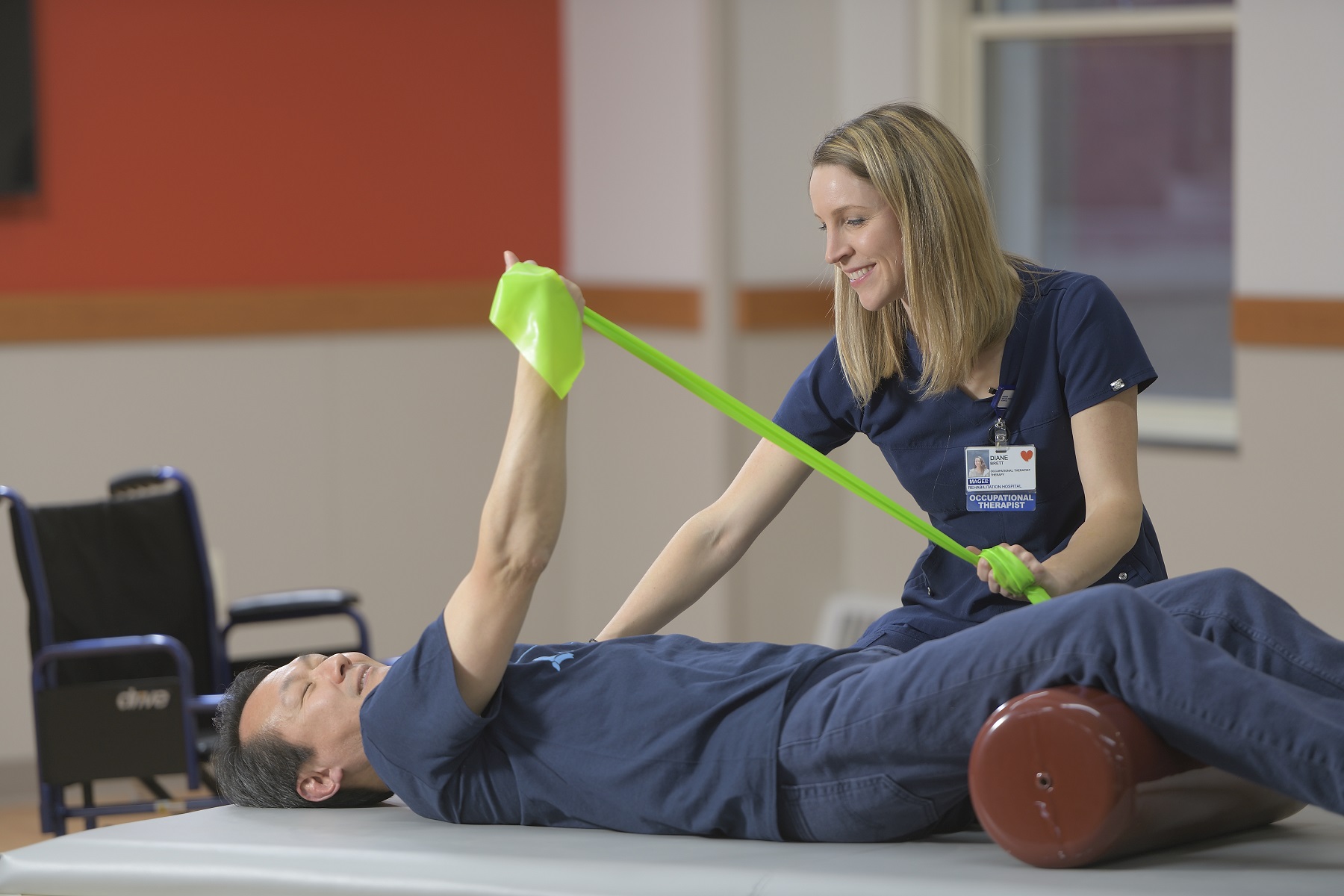Exploring the Varied Methods of Physical Rehabilitation for Improved Healing and Rehabilitation
Exploring the Varied Methods of Physical Rehabilitation for Improved Healing and Rehabilitation
Blog Article
Physical rehabilitation is an essential discipline that helps people recover from traumas, operations, and multiple medical conditions. It involves a variety of methods designed to improve mobility, alleviate pain, and boost overall physical function. Physical practitioners are trained experts who evaluate each client’s requirements and develop personalized treatment strategies. These programs often include exercises, hands-on treatment, and education about body movements. By employing these diverse approaches, physiotherapy can significantly improve a patient’s standard of life.
One frequent method used in physiotherapy is rehabilitative activity. This involves targeted actions and activities that assist build muscles, enhance range of motion, and increase stamina. For instance, a patient rehabilitating from leg surgery may engage in workouts that focus on rebuilding strength in the lower limb muscles. These activities are meticulously chosen based on the individual’s status and goals. By incrementally boosting the intensity and challenges of the exercises, physiotherapy therapists can help clients regain their power and mobility over a period.
Another crucial method is manual treatment, which includes physical methods to manipulate the human body tender muscles and joints. This can involve flexibility exercises, mobilization, and manipulation. Manual treatment aims to relieve discomfort, minimize inflammation, and improve blood flow. For instance, a practitioner may apply gentle force to ease tension in stiff muscle groups or to help a articulation move more smoothly. This technique is often integrated with other treatments to improve recovery and promote recovery. Patients often consider manual treatment to be a relaxing and beneficial way to manage their pain.
In addition click site to workouts and manual treatment, education plays a vital role in physiotherapy. Practitioners instruct patients about their issues and how to manage them effectively. This may entail guidance on correct posture, physical mechanics, and strategies to prevent future traumas. For example, a practitioner might show a client how to lift weighty items safely to prevent straining their spine. By empowering clients with understanding, physical practitioners help them assume an active part in their rehabilitation and encourage sustained health and fitness.
Finally, technology is progressively being integrated into physical methods. Tools such as sonography, electrotherapy stimulation, and immersive reality can enhance conventional treatment approaches. These technologies can help alleviate pain, encourage healing, and provide interactive methods for clients to participate in their recovery. For instance, virtual environments can generate immersive settings for patients to practice actions in a safe plus protected setting. As advancements continues to develop, it offers promising opportunities for improving rehabilitation outcomes in physical.
In summary, physical encompasses a range of methods that work in unison to assist recovery and healing. Through therapeutic activities, hands-on therapy, patient instruction, and the use of technology, physiotherapy practitioners provide holistic care tailored to each patient’s requirements. This holistic approach not only assists patients regain their bodily capabilities but also empowers them to sustain their health in the long-term run. As more people acknowledge the advantages of physical, it remains to serve a vital role in the pathway toward enhanced health and fitness.